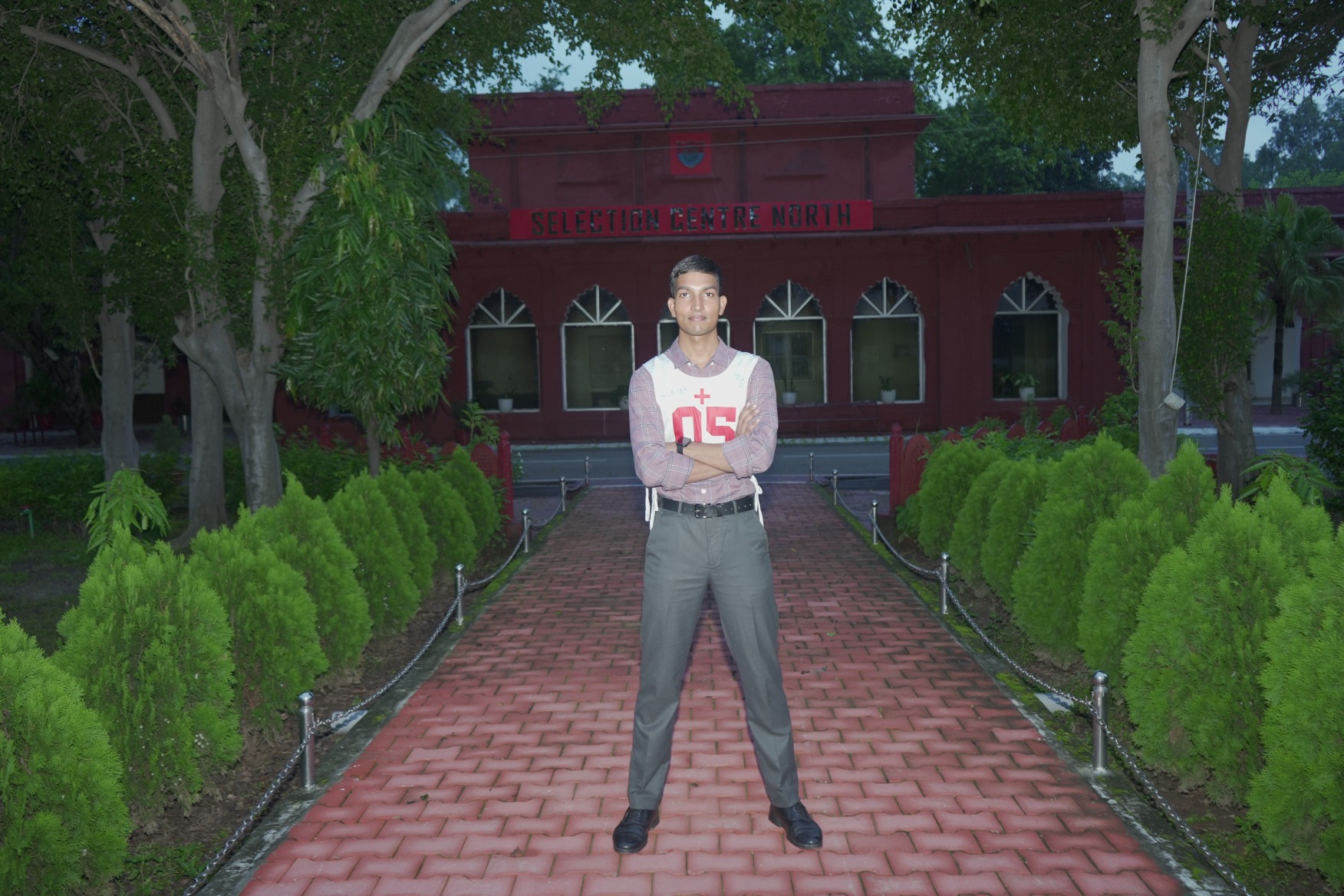There are no items in your cart
Add More
Add More
| Item Details | Price | ||
|---|---|---|---|
Fresh SSB batches start around the 1st & 15th of every month.
In Your Opinion, What Is the Best Way to Resolve Increasing Interstate River Disputes in India?
1) Central Government Control
2) Linking of Rivers
3) Alternative Water Harvesting Methods
1) Central Government Control
Legal Framework Weakness: Water is a State subject under Entry 17 of the State List, but the Interstate River Water Disputes Act, 1956 gives limited teeth to the Centre. Tribunals take years to resolve issues (e.g., Cauvery dispute took over 28 years).
Delay in Resolutions: The Krishna River dispute among Telangana, Andhra Pradesh, Karnataka, and Maharashtra is still pending before a tribunal since 2014. Need for Uniformity: Central control could allow national water allocation policies, data transparency, and timely dispute resolution through a permanent body like the proposed
National Water Framework Law. Opposition from States: States often resist central control, fearing encroachment on their rights. Tamil Nadu and Karnataka have both opposed Centre-led schemes in past.
2) Linking of Rivers
Visionary But Complex: The National River Linking Project (NRLP) proposes connecting 30 rivers with 14 Himalayan and 16 Peninsular links.
Potential Gains: Can reduce floods and droughts by redistributing excess water from surplus to deficit regions. For example, Ken-Betwa Link aims to transfer water to drought-prone Bundelkhand.
Employment & Irrigation Boost: The NRLP could generate 10 lakh jobs, irrigate 35 million hectares, and produce 34,000 MW of hydroelectricity (NITI Aayog, 2023).
Ecological & Social Risks: Massive displacement, submergence of forests, and biodiversity loss are major concerns. Ken-Betwa project alone affects over 6,000 people and 1,500 hectares of Panna Tiger Reserve.
Interstate Conflicts May Worsen: Linking needs multiple state approvals. MP and UP fought over water sharing in the very first river-link project.
3) Alternative Water Harvesting Methods Sustainable & Decentralized: Rainwater harvesting, check dams, groundwater recharge, and tank restoration offer community-driven, low-cost solutions.
Successful Models:
Reduced Dependency on Rivers: If rural and urban India improves local water retention, pressure on inter-state rivers will reduce drastically.
Scalable Solutions: Over 60% of India's irrigation still depends on monsoon-fed surface water. Water harvesting can make agriculture more resilient without triggering disputes.
✅ Conclusion [opinion]
While central intervention and river linking have their roles, Alternative Water Harvesting Methods offer the most sustainable and immediate impact. They empower local communities, reduce dependency on contested rivers, and avoid political and ecological complications—making them the best long-term solution to water conflicts.

Sachin Jangir
Recommended for IMA 160 (AIR 140) & NDA 152 (AIR 128).